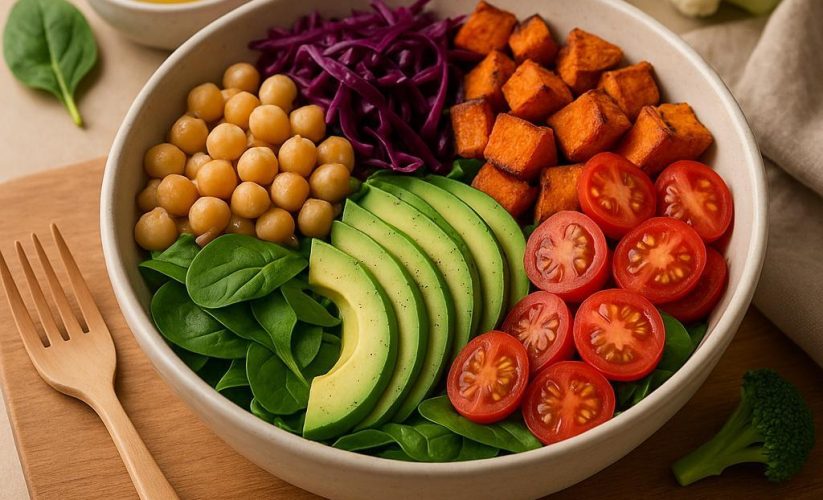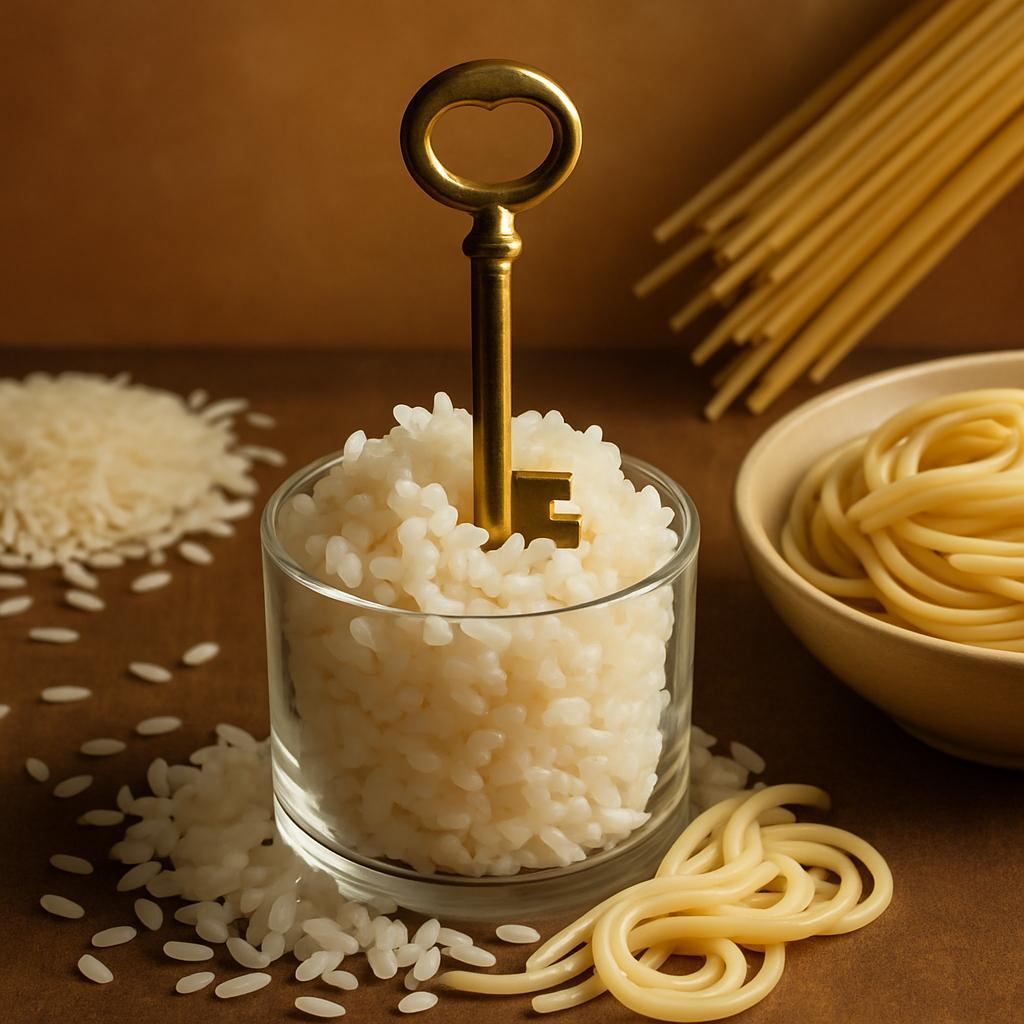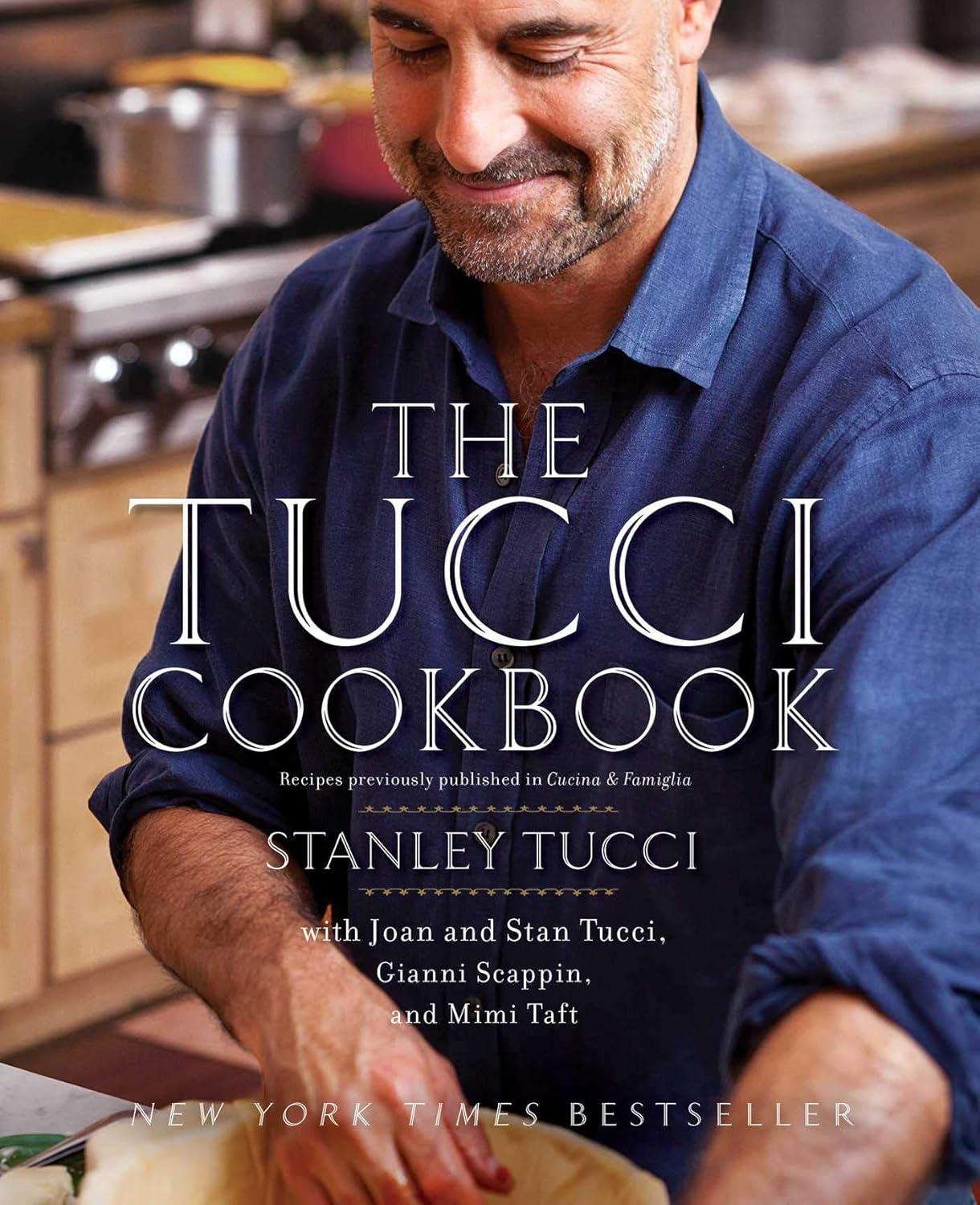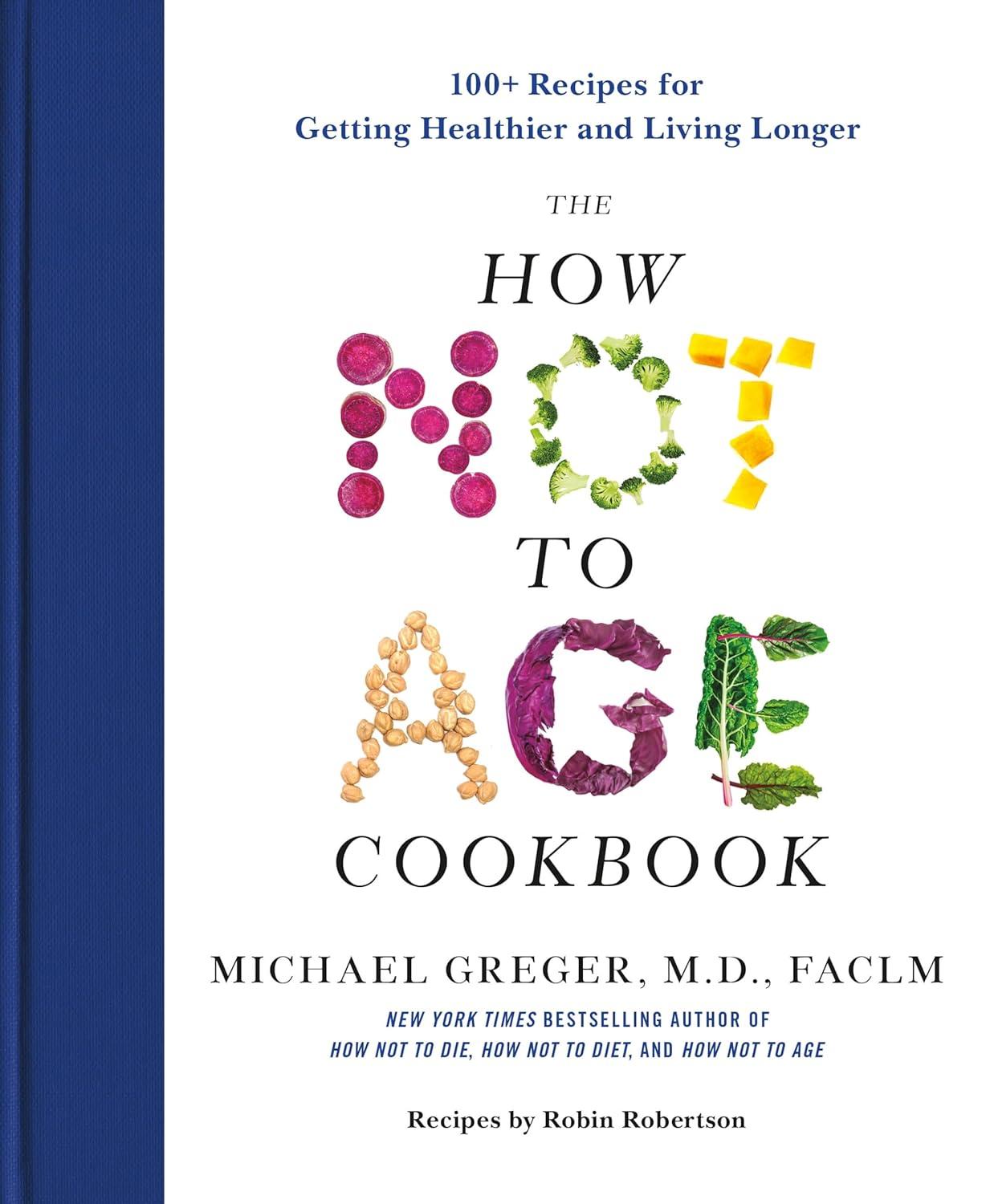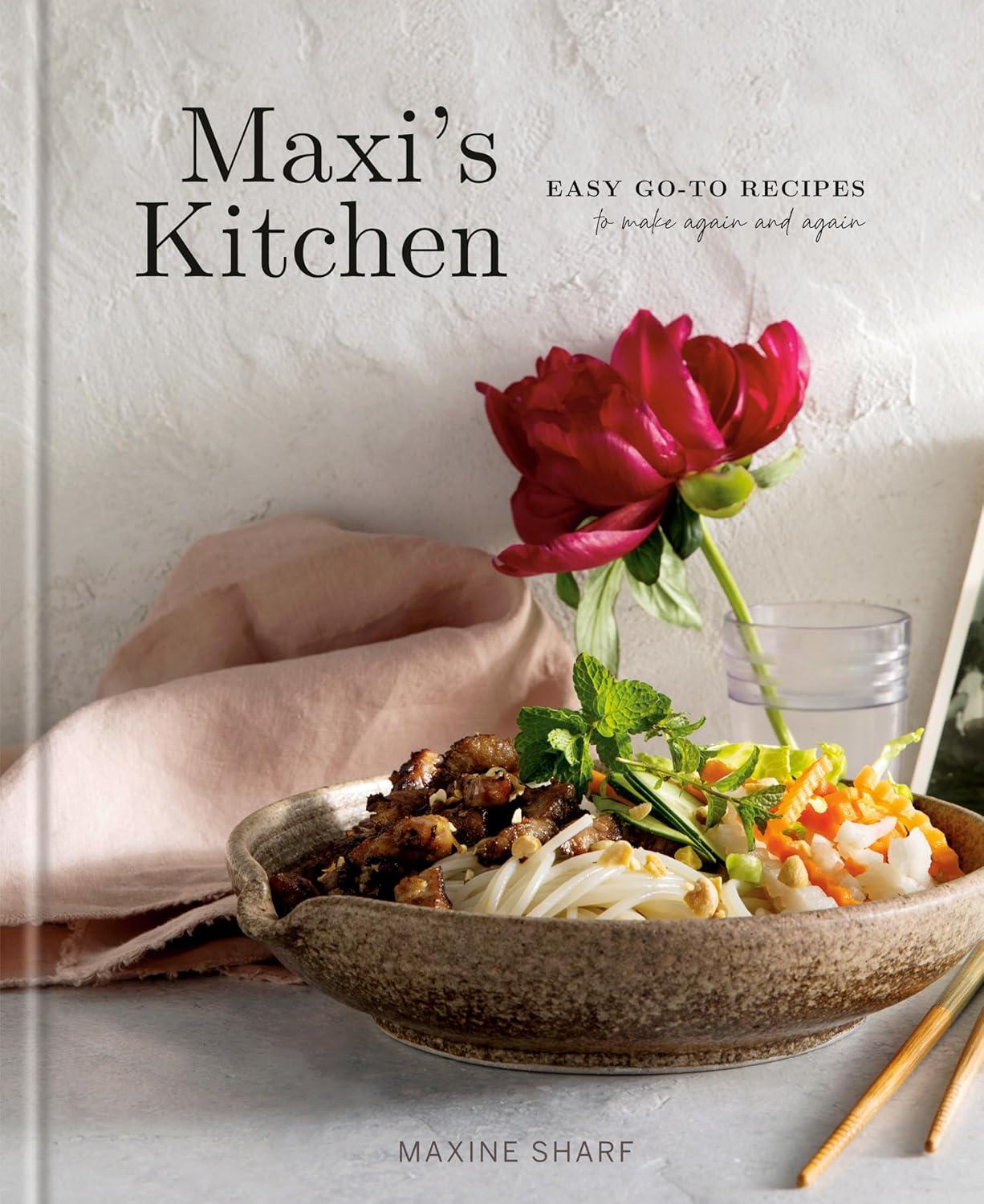A History of the World in 6 Glasses: how beverages built empires
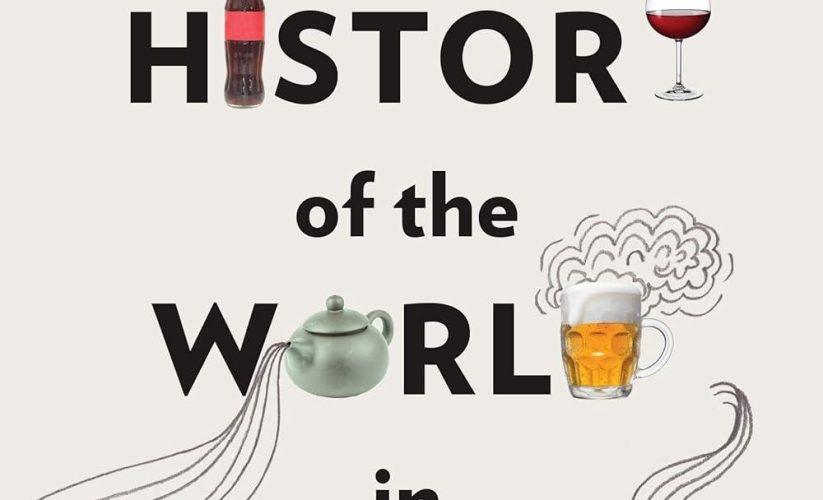
If world history feels like an unruly sprawl of dates and dynasties, A History of the World in 6 Glasses pours it into something you can taste. Tom Standage’s premise is disarmingly simple: follow the rise of civilizations through six everyday drinks and watch trade, empire, belief, and technology come into focus with each sip. The familiar becomes a lens for the vast, connecting kitchen tables to caravans, cafés to colonies, and brand names to geopolitics.
This review explores how well that organizing idea holds-where the narrative sparkles with clarity, where it goes flat, and how the book balances anecdote with analysis-without spoiling the journey Standage invites you to take from the first pour onward.
Table of Contents
Storytelling clarity and historical depth
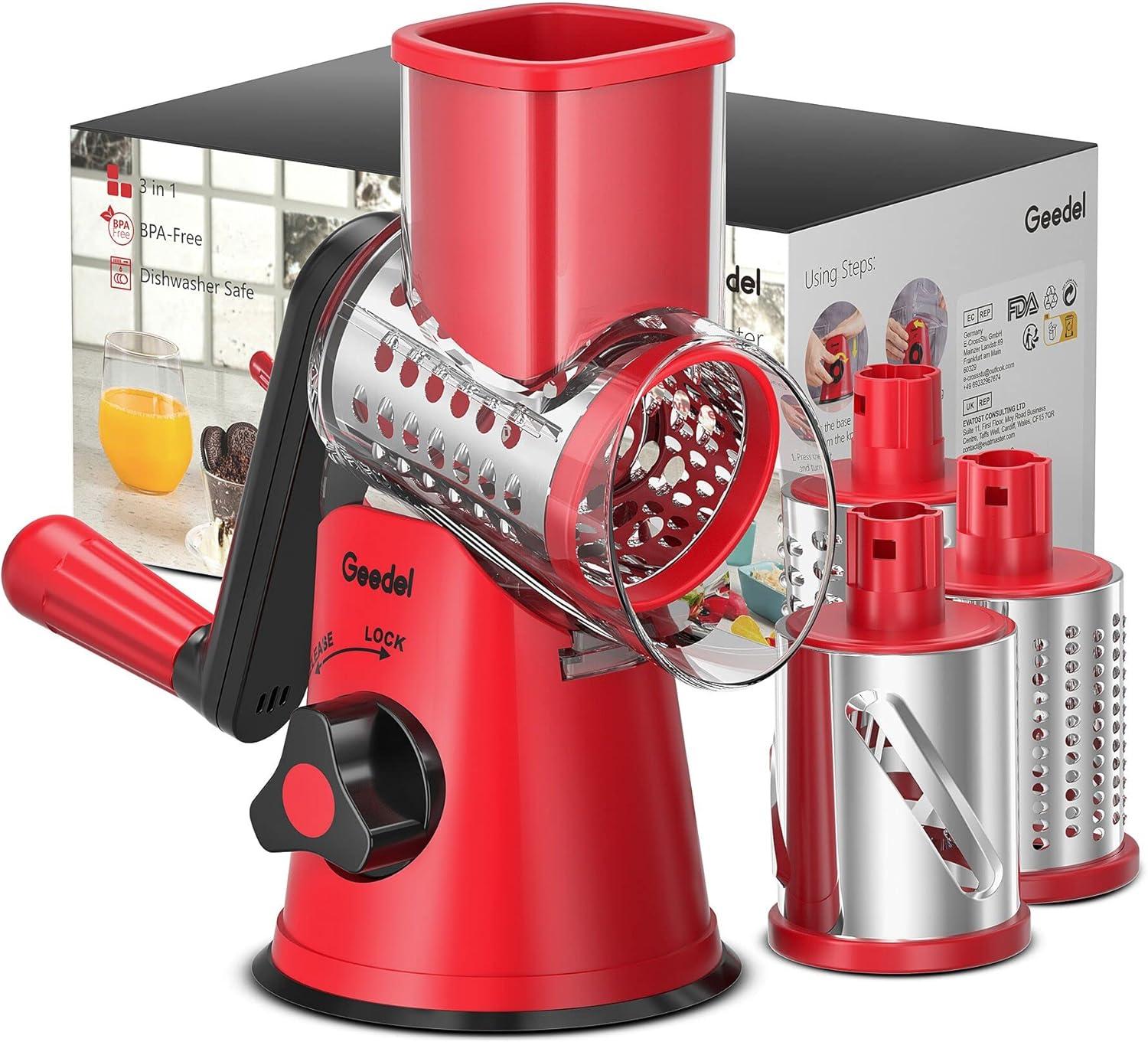
Standage’s narrative strategy-organizing world history around six emblematic beverages-proves remarkably lucid in practice. Each chapter opens with a concrete scene (Sumerian beer rations, Greek symposia, London coffeehouses as “penny universities,” grog in the Royal Navy, tea in imperial trade, cola as soft power) that anchors the broader analysis, making cause-and-effect easy to track without oversimplifying the timeline. The prose is tight and signposted, with clean transitions that connect micro-anecdotes to macro-forces such as urbanization, empire, and industrialization. Jargon is minimal, and references are woven into the story rather than dumped in academic blocks, which keeps momentum high. The result is clarity through structure: by following one drink at a time, readers rarely lose their bearings even as the narrative crosses millennia and continents.
The historical depth is strong at the level of synthesis. Standage excels at showing how commodities shape institutions and ideas-coffee’s link to the Enlightenment’s public sphere, tea’s role in factory discipline and global trade, spirits and the Atlantic economy, and cola as a proxy for American globalization. That breadth, however, comes with tradeoffs: complex causality is sometimes compressed, and the lens retains a largely Euro-Atlantic gravity even when discussing origins in the Middle East, Africa, and Asia. Specialists may want more debate with opposing scholarship or deeper treatment of contested episodes (e.g., the economic drivers behind the Opium Wars), though the endnotes and bibliography point to credible next steps. For general readers and students, it delivers a cohesive, evidence-aware overview that connects everyday drinks to the machinery of history, without drowning the story in footnotes.
Get It on Amazon
Pour yourself a smarter perspective on world history with this engaging, insight-packed read.
Reading experience and usability for food lovers
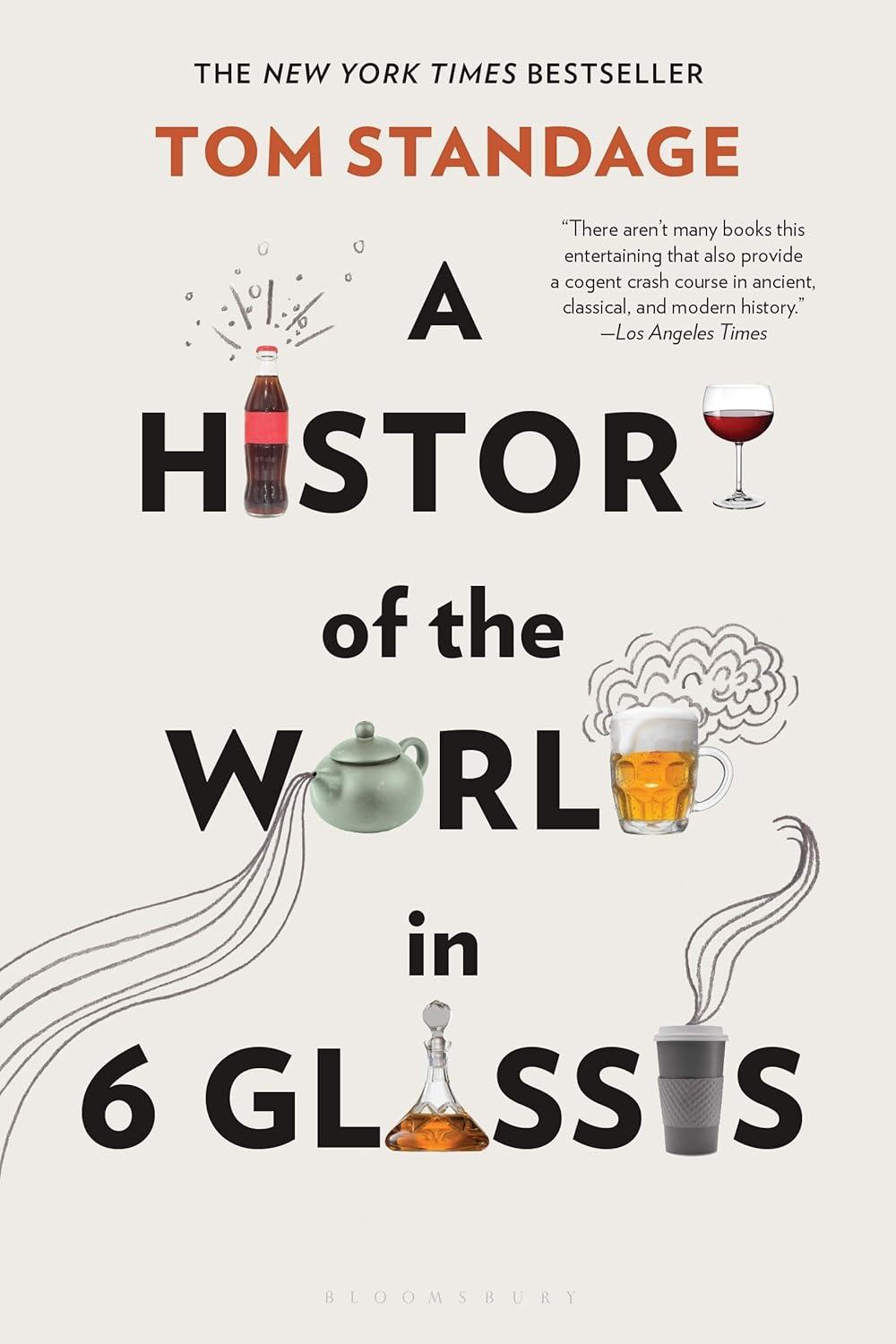
Instead of a recipe-driven manual, this is a narrative that gives food lovers the cultural scaffolding behind what ends up in the glass. The prose is brisk and journalistic, and the structure-six self-contained sections aligned to beer, wine, spirits, coffee, tea, and cola-makes it easy to dip in before a dinner, tasting, or menu-planning session. You get enough production detail to understand how brewing, fermentation, and distillation shaped flavor and dining rituals without getting lost in technical jargon. Vivid vignettes from taverns, coffeehouses, tea rooms, and bottling plants help you imagine how people actually consumed these drinks alongside food, which in turn enriches how you think about courses, service, and hospitality.
Usability-wise, it’s strong on context and weak on step-by-step guidance-ideal if you want conversation starters, pairing inspiration, or historical notes to weave into a menu, less so if you’re seeking hands-on techniques. The chapters read cleanly as standalone essays, and the sourcing is transparent, with notes and an index that make it simple to cross-reference ingredients, regions, or eras when building a themed dinner. Food lovers will likely appreciate how clearly it links beverages to agriculture, trade routes, and dining culture, even if the sensory language stays restrained and the focus leans more toward history than palate training.
- Best for: diners, hosts, and chefs who want credible backstory to enrich pairings and menu storytelling.
- Strengths: clear explanations of production basics; memorable settings; six modular sections that double as quick pre-service refreshers.
- Limitations: no recipes or tasting frameworks; sensory descriptions are light; some chapters prioritize trade and empire over flavor.
Get It on Amazon
Enhance your food-and-drink IQ with this engaging, conversation-sparking read.
Comparisons with other beverage history books

Compared with Iain Gately’s Drink: A Cultural History of Alcohol and Patrick McGovern’s Uncorking the Past, this book opts for breadth and narrative momentum over granular technical depth. Where Gately moves chronologically through alcohol alone and McGovern leans into archaeochemistry and lab reconstructions, Standage arranges world history around six emblematic drinks to spotlight cause-and-effect moments-agriculture, empire, industrialization, and globalization. The payoff is a brisk, tightly signposted read with memorable case studies (coffeehouse information flows; cola and wartime logistics) that’s easy to teach, gift, or finish on a flight. The trade-off is lighter scholarly apparatus: citations and context are present but not exhaustive, and readers hunting for production science, terroir minutiae, or dense maps will find the treatment more synthetic than technical.
Against single-beverage histories such as Alan Macfarlane’s Empire of Tea, Antony Wild’s Coffee: A Dark History, or Amy Stewart’s The Drunken Botanist, it excels when you want cross-beverage comparisons and geopolitical through-lines rather than deep dives into one commodity. The spirits chapter, for example, neatly links distillation to naval power and the Atlantic economy, but specialists may miss the plantation-level detail you’d find in Ian Williams’s Rum; likewise, tea and the Opium Wars are covered clearly yet skim past Japanese chanoyu or Central Asian caravan trade. If your goal is a big-picture scaffold showing how drinks shaped states, markets, and ideas, the synthesis is compelling; if you need comprehensive colonial microhistory or tasting typologies, pair it with focused monographs for a fuller toolkit.
Value for money and gifting appeal
As a compact, research-rich read, this delivers solid value by packing a surprising amount of cultural, economic, and technological history into about 300 pages without feeling dense. Tom Standage’s organizing device-six everyday drinks-keeps the pace brisk, so you get a broad sweep of civilization for the price and time commitment of a single narrative history. The paperback is a durable trade trim that holds up to highlighting, while the ebook’s searchable text and tappable notes make quick fact-checking easy. Audiobook listeners also get a clear, well-paced narration suitable for commutes. Importantly, the back matter includes substantial notes, a bibliography, and an index, which elevates its reference value beyond a one-and-done read, making it a book you’ll return to when debates about empires, trade, or globalization come up at the table.
Its gifting appeal is high because it straddles interests: history buffs, food-and-drink enthusiasts, educators, and travelers all find touchpoints here. It’s the kind of title that sparks conversation without requiring specialist knowledge, and the tone is accessible enough for teens through grandparents. For an easy, themed present, pair it with a bag of specialty coffee, a notable tea, or a craft beer-instant upgrade to a thoughtful, experience-driven gift. Note that it’s prose-forward rather than a photo-heavy coffee-table book, and its lens can feel Western-centric at times; if your recipient expects lavish visuals or deep regional micro-histories, set expectations accordingly. Otherwise, its blend of storytelling and scholarship punches above its price, making it a reliable pick for birthdays, host gifts, and book clubs seeking a fresh angle on world history.
Get It on Amazon
Gift a curious friend-or treat yourself-to this conversation-starting history of civilization through everyday drinks.
Customer Reviews Analysis
Customer sentiment around “A History of the World in 6 Glasses” converges on a clear pattern: readers find it a brisk, entertaining tour of world history refracted through beer, wine, spirits, coffee, tea, and cola. The pacing and storytelling keep pages turning, and many highlight how deftly the author ties beverages to social change-from Enlightenment coffeehouses to imperial tea and global cola. At the same time, some readers caution that the treatment is “history light,” with a few factual quibbles and a desire for better visual scaffolding. Overall, it’s praised as an engaging overview that goes down easily, especially for curious general readers, teachers, and gift-givers.
- What customers liked
- Engaging, fast-paced writing that “reads like a novel,” avoiding detours and keeping a clear point in each section.
- A clever organizing concept: six drinks as lenses on eras (beer/wine/spirits to coffee/tea/cola), which helps connect culture, science, religion, and politics.
- Memorable anecdotes and “stick-with-you” tidbits (e.g., pyramid workers paid in beer; coffeehouses as engines of the Enlightenment; tea and the British Empire; Coca-Cola as a global icon).
- Educational value: useful in classrooms for themes like globalization and cultural diffusion; accessible even to non-drinkers and cross-language readers.
- Clear explanations of basic science behind the beverages and their historical roles (medicine, currency, myth, ritual).
- Perceived value for money, especially in discounted Kindle offers; often purchased and appreciated as a gift.
- Where readers saw room for improvement
- Depth and consistency: several note it’s intentionally simplified (“history light”), with caffeinated chapters (coffee, tea, cola) often deemed stronger than the alcoholic ones.
- Structure and aids: time-jumps can blur chronology; readers wanted timelines, charts, or diagrams (e.g., consumption by country) to anchor the narrative.
- Repetition: some details overstay their welcome.
- Accuracy concerns: disputed or incorrect claims flagged (e.g., “year 0,” imperial divisions attributed to Theodosius rather than Diocletian, speculative interpretations of Neolithic beliefs). Opinions on factual precision are mixed.
- Digital edition quality: reports of garbled words and missing links in the Kindle version.
- Engagement curve: the opening alcoholic-beverage sections felt drier for some readers compared to the livelier coffee/tea/cola chapters.
Bottom line: Readers broadly applaud the book’s narrative verve and big-picture connections. Those seeking an accessible, idea-rich survey are satisfied; those wanting an academic deep dive, rigorous sourcing at every turn, or robust visual guides may wish for more. As a conversation-starter and teaching springboard, it’s widely recommended-and it often succeeds as a thoughtful, enjoyable gift.
Pros & Cons
| Type / Category | Narrative nonfiction; popular global history |
| Key Functions / Features | Uses six drinks-beer, wine, spirits, coffee, tea, and Coca‑Cola-as lenses to trace politics, trade, technology, and culture from antiquity to the present; chronological, thematic chapters with concise explanations and historical anecdotes. |
| Author / Publisher | Tom Standage; first published 2005. US: Walker & Company (later Bloomsbury); UK: Atlantic Books. |
| Pages / Format | Approx. 311-336 pages (varies by edition); available in hardcover, paperback, ebook, and audiobook. |
| Special Features / Included Accessories | Includes notes, bibliography, and index; some editions provide a reader’s guide. |
| Skill Level / Audience | Accessible to general readers (teen to adult); suitable for book clubs and introductory history courses. |
| Price Range | Typically US$10-18 (paperback) and US$9-13 (ebook); varies by retailer and edition. |
Pros
- Memorable organizing idea that makes broad historical trends easy to grasp.
- Clear, concise prose; brisk chapters suit casual reading or classroom excerpts.
- Wide chronological sweep links ancient civilizations to modern globalization.
- Includes notes, bibliography, and index to support further study.
- Available in multiple formats and generally affordable.
Cons
- Big‑picture synthesis can oversimplify causation and omit competing factors.
- Later sections skew Western/US‑centric, leaving some regions underexplored.
- Few maps or visuals in most editions; readers wanting graphic aids may be disappointed.
- Not an academic deep dive; relies mainly on secondary sources.
- Some thematic repetition in connecting each drink to power, trade, and empire.
Q&A
Question: Does this book teach me how to brew or mix the six drinks?
No. It’s a narrative history that explains how beer, wine, spirits, coffee, tea, and cola shaped societies and economies. You’ll see historical brewing and serving practices discussed in context, but there are no step-by-step recipes or mixology guides.
Question: How is the narrative structured, and which beverages anchor each era?
The chapters are organized by drink, each used as a lens on a period: beer (ancient Mesopotamia and Egypt), wine (Greece and Rome), spirits (Age of Exploration and Atlantic trade), coffee (Enlightenment and urban “public sphere”), tea (British Empire and industrialization), and Coca‑Cola (modern globalization). The progression is chronological, showing how each beverage dovetails with shifting power, trade, and technology.
Question: Are there citations and research aids for academic use?
Yes. The book includes endnotes and a bibliography that point to primary and secondary sources, plus an index for quick topic lookups. It’s suitable for introductory research or course adoption, though specialized academic work will benefit from consulting the cited scholarship directly.
Question: What formats and typical length should I expect?
It’s widely available as a paperback and eBook, and often as an audiobook through major retailers. Length varies by edition but generally falls in the 300-350 page range, with self-contained chapters that are easy to read in sittings.
Question: Does it include illustrations or maps?
It is primarily text-driven. Do not expect extensive visuals or color plates. Any images or maps, if present in a given edition, are limited and serve as support rather than a central feature.
Question: How current is the coverage of beverage culture and industry?
The storyline reaches into the early twenty-first century, offering a solid historical foundation. It does not aim to chronicle the latest waves in craft beer, third‑wave coffee, or contemporary trade policy; for very recent developments, pair it with newer articles or industry reports.
Embrace a New Era
In the end, Standage’s six drinks double as map and compass, charting how everyday cups helped ferment trade networks, fuel ideas, and consolidate power. The book’s clean structure-one beverage at a time-keeps the sweep of history approachable, while brisk prose, well-chosen anecdotes, and clear sourcing make the argument both lively and credible. Even when the narrative paints in broad strokes or leans toward an Atlantic lens, it sparks useful questions rather than closing them down. For readers who like their history poured into digestible chapters without losing depth, A History of the World in 6 Glasses offers a thoughtful, satisfying blend. If you’re curious about how ordinary tastes shaped extraordinary epochs, this is a steady, rewarding choice you can feel confident picking up.


